Quang Tri Citadel
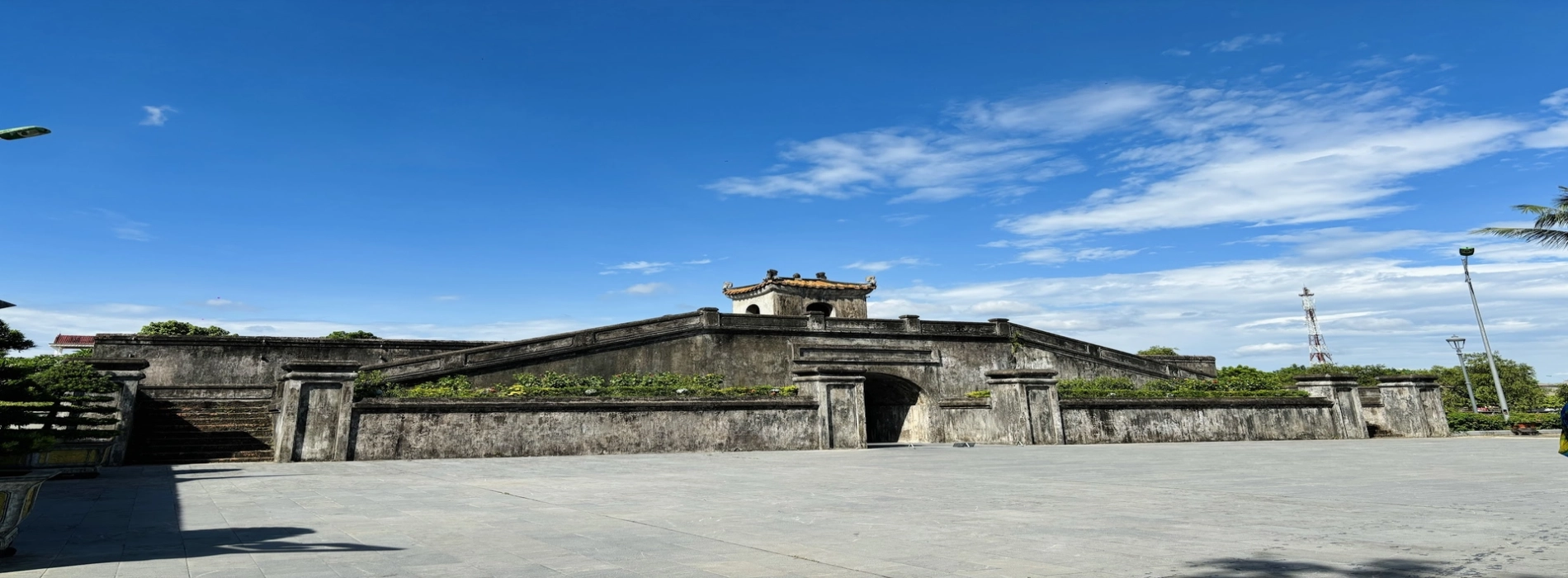
Quang Tri Citadel is an ancient fortress beside the Thach Han River in Quang Tri Province. Although it was built during Vietnam's feudal era, it became known worldwide due to the Second Battle of Quang Tri in 1972. The Citadel was a "meat grinder," a mass grave without individual markers for countless soldiers.
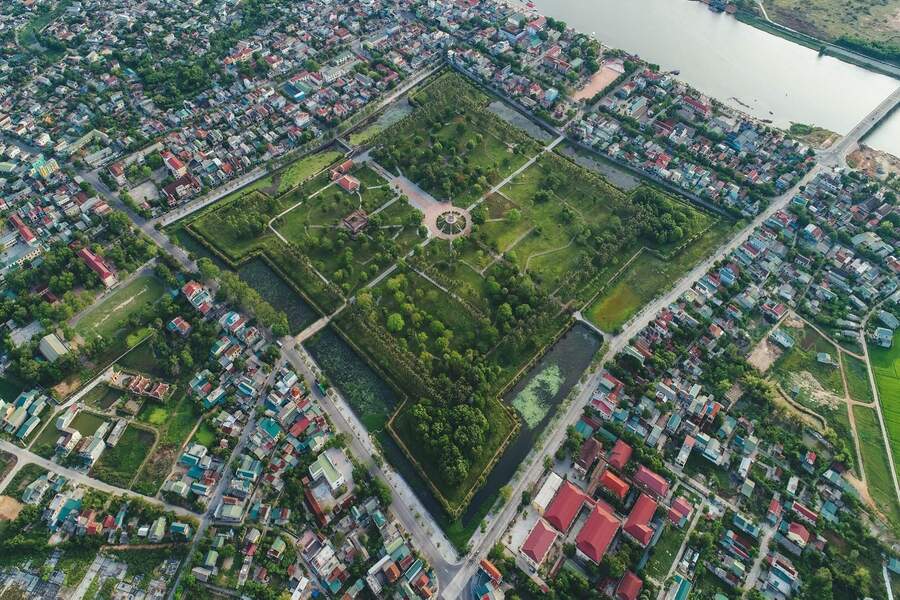
Panoramic view of Quang Tri Citadel
Local people called here “Sacred Ground”, as every inch of soil bears the remnants of bombs and the remains of soldiers from both sides. Today it has been restored into a memorial complex.
Visitors to Quang Tri Province often visit the citadel to pay homage to the fallen soldiers and view wartime artifacts. Let Asia King Travel tell you all about this attraction through the article below.
Quang Tri Citadel is a Vietnam Special Relic in Quang Tri Town, Quang Tri Province. The citadel is 15 kilometers from Dong Ha City and 600 kilometers from Hanoi. From the capital, you can take a long-distance coach or fly to Vinh Airport and continue your journey by car.
The citadel is near National Highway 1A, making it very accessible. Whether starting from Hanoi or Vinh, follow National Highway 1A to reach Quang Tri town. Within the town, turn onto Hai Ba Trung or Tran Hung Dao Street and go straight ahead to arrive.
Suggested for you: South & Centre of Vietnam War Memory
Emperor Gia Long ordered the construction of the Quang Tri Citadel. After 28 years, it finally reached completion under Emperor Minh Mang. From 1809 to 1945, the Nguyen Dynasty utilized the citadel as a military stronghold and an administrative center. In 1929, the French added a prison to the site, transforming it into confinement for political dissidents.

A gate leading into Quang Tri Citadel
This site witnessed major battles in the Vietnam War in 1968 and 1972. Following the Spring-Summer Offensive of 1972, the entire citadel was virtually leveled. Only one eastern gate remained relatively intact, along with a few sections of the wall and surrounding trenches, all bearing the scars of extensive bombing.
In the 1990s, the Quang Tri province initiated the restoration of the citadel as a historical site. Several wall sections were repaired, and the four main gates were rebuilt. A memorial dedicated to the 1972 Battle of Quang Tri Citadel was erected in the center of the citadel. A museum was also added to the southwest.
Quang Tri Citadel is the site of the 81-day battle between the forces of the People's Liberation Armed Forces of South Vietnam (North Vietnam Army) and the allied forces of the United States Army and the Army of the Republic of Vietnam (South Vietnam Army).

South Vietnamese Marines load into transport helicopter to join the offensive
In 1972, the North Vietnam Army launched an offensive and gained control of Quang Tri Town on May 2nd. This victory put significant pressure on the United States and the South Vietnam Government when the signing of the Paris Peace Accords approached. They needed a symbolic victory to regain leverage in the negotiations.
Thus, a counteroffensive to recapture Quang Tri Province was immediately launched, codenamed "Lam Son 72". The primary objective of the campaign was to seize the Quang Tri Citadel. The U.S. military deployed a huge amount of the most advanced weaponry available at the time, all focused on a 3-square-kilometer fortress.
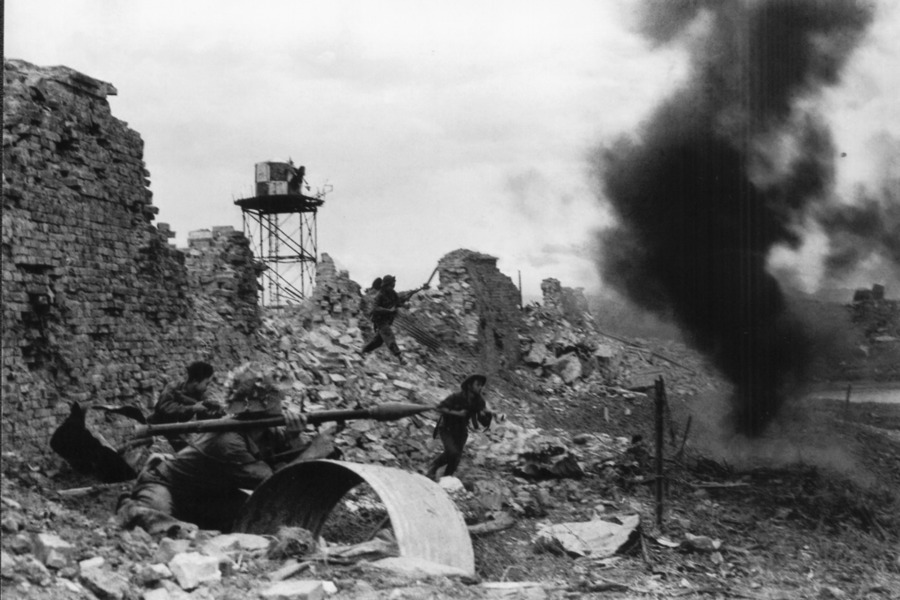
A fierce battle amid the smoke and flames within the citadel
On June 28, 1972, the campaign commenced, marking the most intense 81 days of the entire Vietnam War. Each day, 100 to 200 sorties dropped bombs on the citadel. Despite these dire circumstances, the northern soldiers bravely stood their ground, halting the enemy's advance. The South Vietnam forces failed to capture the citadel by their intended target date of July 13th.
However, the outer defensive lines gradually crumbled because of overwhelming firepower. From early September, fierce fighting raged within the town and the Quang Tri Citadel. Both sides battled for every inch of the Citadel's walls. Southern soldiers desperately attempted to climb the walls and plant their flag for propaganda purposes but to no avail.
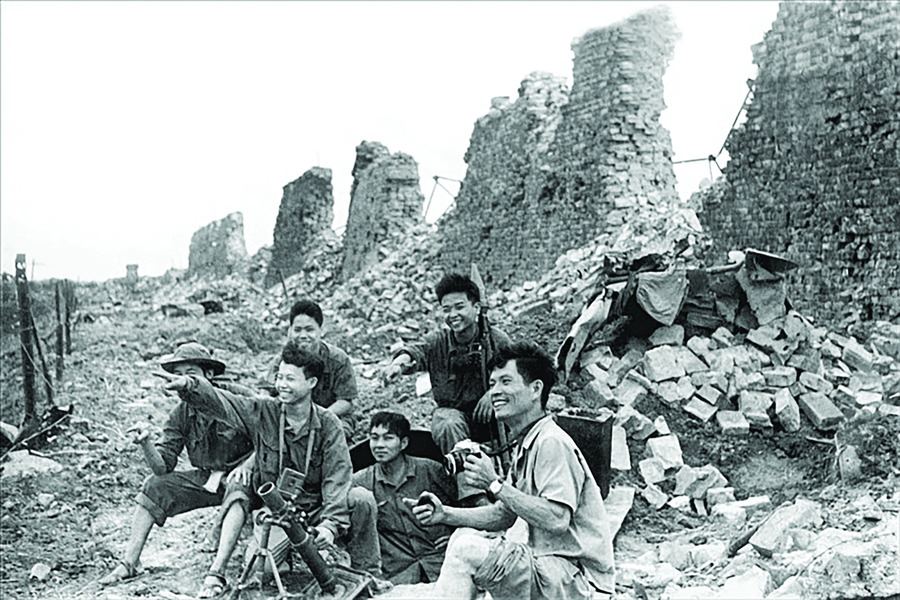
Despite the hardships, North Vietnamese soldiers maintained their optimism
At this point, the world's attention was fixed on the Quang Tri Citadel. With hundreds of casualties each day, Northern forces were ordered to withdraw on September 16, 1972, ending the harrowing 81-day ordeal. The U.S. and South Vietnamese forces regained control of the citadel, but it had lost most of strategic meaning as the opportunity passed.
Upon visiting, tourists can explore the characteristic historical relics of Quang Tri Citadel, such as the tunnel system, ramparts, and fortifications. You can gain a deeper understanding of this fierce battle through the narrations of the tour guides. Additionally, there are numerous memorial structures within the citadel, including a bell tower and a monument.
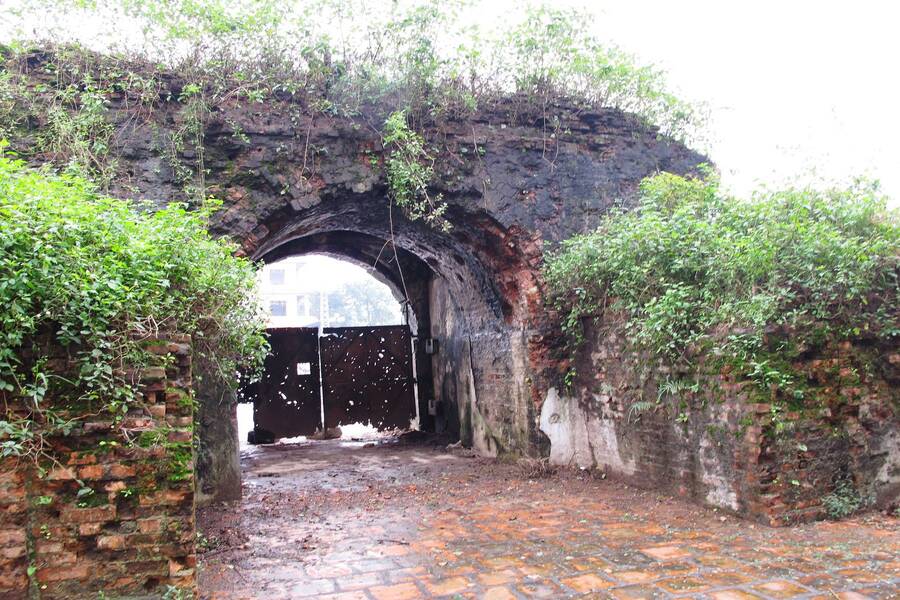
Quang Tri Citadel's eastern gate still bears bullet holes
A small hill at the heart of the memorial site serves as a communal resting place. Designed according to the yin-yang philosophy, carries the profound meaning of providing salvation for the souls of the departed. 81 steps lead up to the incense offering area, symbolizing the 81 days and nights of fighting at Quang Tri Citadel.
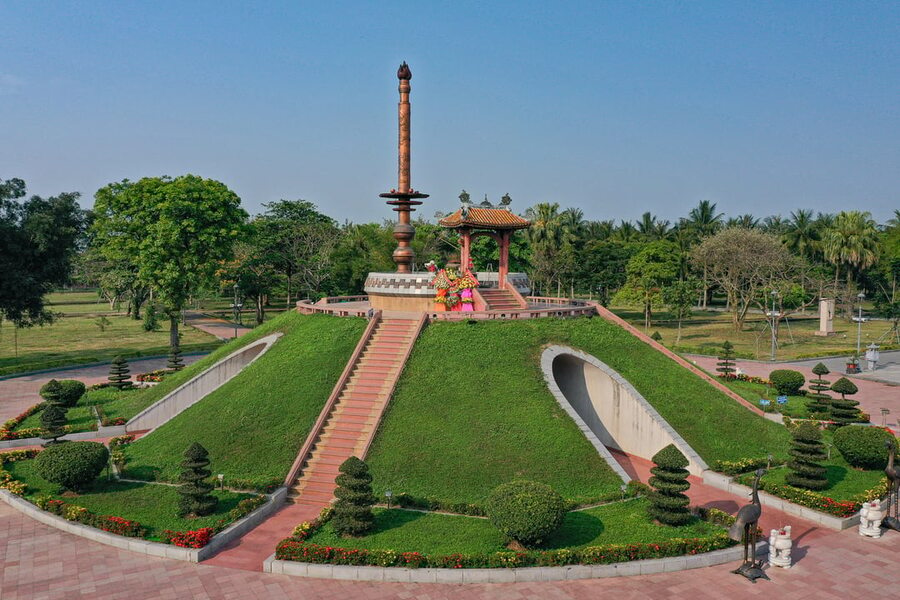
The tunnel beneath the hill still holds soldier's military gear fought here
Quang Tri Citadel Museum still houses artifacts and farewell letters written by soldiers to their families during this battle. In one letter, the writer seems to foresee their own death. They knew where they would fall. They informed their family to come and bring them home.
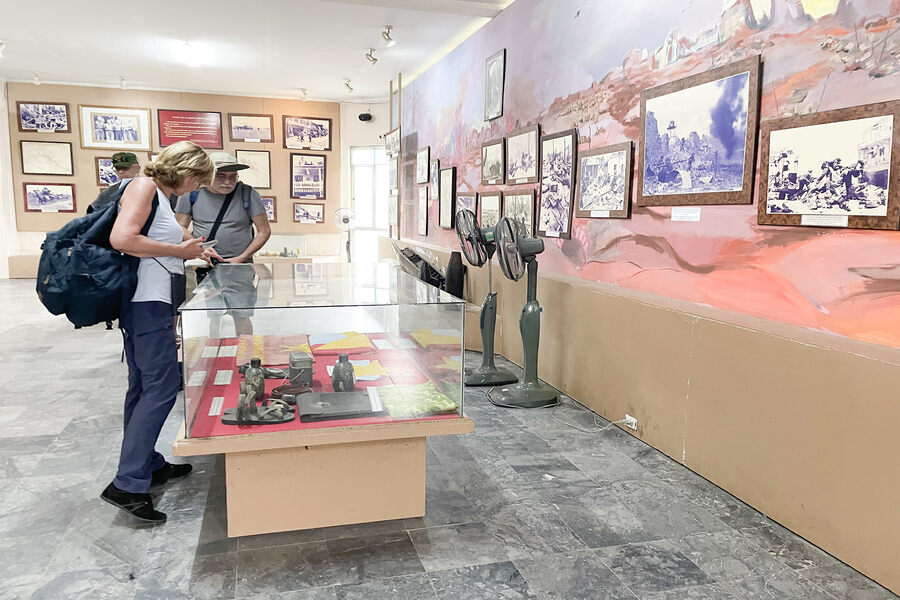
Sometimes, veterans return here to reminisce about memories that will never fade. Source: VCCI Da Nang
Countless soldiers fell at Quang Tri Citadel to fight for their ideals. It wasn't just about weapons, the Vietnamese won against the mighty American forces because of their resilient spirit. So wait no more, contact Asia King Travel and visit this sacred historic site.